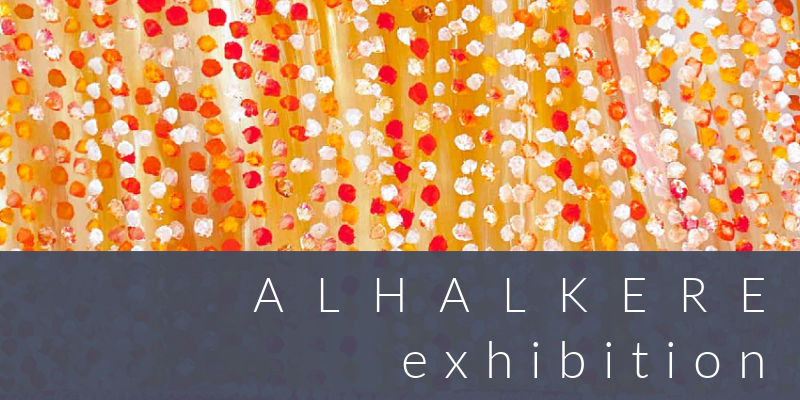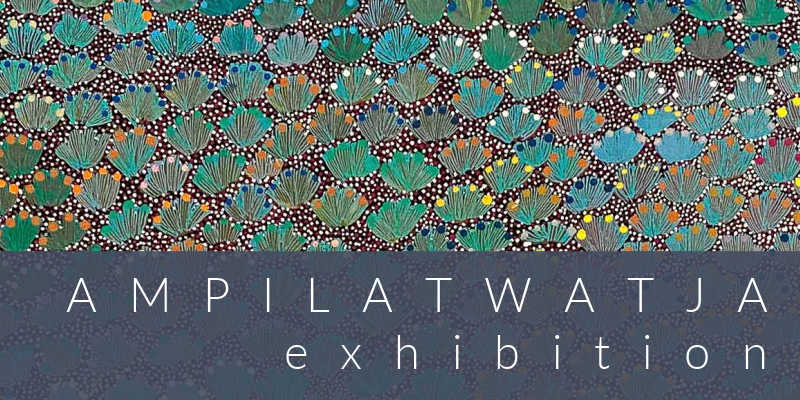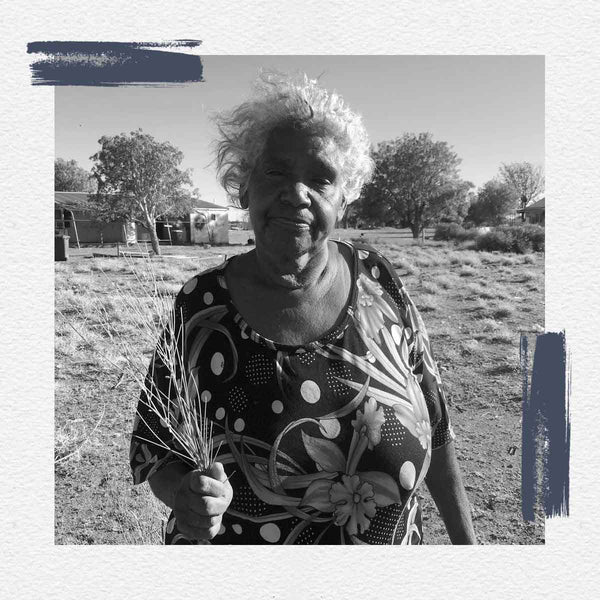Your Cart is Empty
Paintings
Exhibitions
Subscribe to receive your exclusive preview of exhibitions prior to opening.
You will be able to view and purchase exhibition artworks before they go live.

Current Exhibition

Past Exhibitions
Subscribe to receive your exclusive preview of exhibitions prior to opening.
You will be able to view and purchase exhibition artworks before they go live.
Subscribe
Collections
Artists
About the Artists
Our vibrant and dynamic artists are from the Utopia region; a large remote area of Central Australia which, until recently, had no government funded art centre. As a result of their pioneering efforts, they have one of the strongest and richest art histories.

Explore More Artist Bio's >
About the Artists
Our vibrant and dynamic artists are from the Utopia region; a large remote area of Central Australia which, until recently, had no government funded art centre. As a result of their pioneering efforts, they have one of the strongest and richest art histories.
Mary Morton Kemarre
No products found in this collection
About Mary Morton Kemarre

Artist: Mary Morton
Skin name: Kemarre (also spelled Akemarr)
Language group: Alyawarr
Country: Antarrengeny
Area: Utopia Region, Central Australia
Born: 1931
Deceased: 2016
Related artists: Lucky Morton Kngwarreye (daughter), Audrey Morton Kngwarreye (daughter), Sarah Morton Kngwarreye (daughter), Ruby Morton Kngwarreye (daughter), Katie Kemarre (sister)
Mary was a much loved member of Utopia's art community, having been one of the original group of batik artists which formed in the 1980's. Transitioning to acrylics soon after the group disbanded, Mary became a formiddable player in the art of Kurrajong and Arnkawenyerr communities in northern Utopia.
While rarely at the forefront of shows and exhibitions, Mary's work has none the less been featured in numerous exhibits over the past three decades and her work was featured in publications as early as 1989 in Utopia Women’s Paintings: the First Work on Canvas by Anne Marie Brody.
Over the decades Mary's paintings have had many personalities. Rather than finding a stylistic niche, Mary loved experimenting with subject and composition.
Many of her works during the boom of the 1990's represented the Kurrajong Dreaming. Common elements found in these pieces were green leaves of the Kurrajong tree which had medicinal qualities, a small lizard found in the Kurrajong tree and the red ochre and white body paint designs of her country.
Some of Mary's most popular pieces were her series of 'dump dots' in warm neutrals or colourful pairings, which demanded more work from her; and she was happy to greet this recognition with busy painting-filled days.
These popular artworks represented her country Antarrengeny or the Wild Orange called Amern Altwerr.
Country paintings were often sectioned with diagonal lines cutting through from the corners,creating what appeared to be a birds-eye perspective of the outback desert she called home.
The Amern Altwerr paintings were characterised with line after line of dump dots - though Mary never divulged why the lines were significant.
Of the same era were a series of Awely Ngkweyang paintings.
More vibrant than the aforementioned paintings, these works consisted of zigzagged lines, often in red ochre which represented her body paint designs (Awely), and dump dots representing Kurrajong seeds (Ngkweyang) which filled the space.
Detail was not important to Mary either. Similar to other older artists of her time like Minnie Pwerle and Emily Kame Kngwarreye, Mary didn't spend time worrying about precision or finesse. Instead she preferred to paint as soon as she placed the canvas on the ground, almost hurriedly to get to the whole point of it - to sing the songs of the country, to capture her body paint and to tell stories.
Mary was often boisterous and her face bore a wide and wicked smile to match her sense of humour. But she had a quiet side too; a calculating side, with a look in her eye that belied the responsibility of a matriarch.
Mary was the first wife of a man named Old Billy Morton and together they had seven children. Many of them continue to live on their traditional country just south of Mary's original home.
Mary, along with her sister Katie Kemarre and other Antarrengeny women, regularly made the trip north to perform ceremony as required. The colours that belong to Antarrengeny for ceremony are red ochre and white, and this is what the women would paint on their bodies in a deliberate pattern of lines. These are the same designs you can see in Mary's paintings whenever she chose to depict body paint.
Related Artists



Subscribe to our VIP group for new arrivals, exhibition previews + special features ♥






